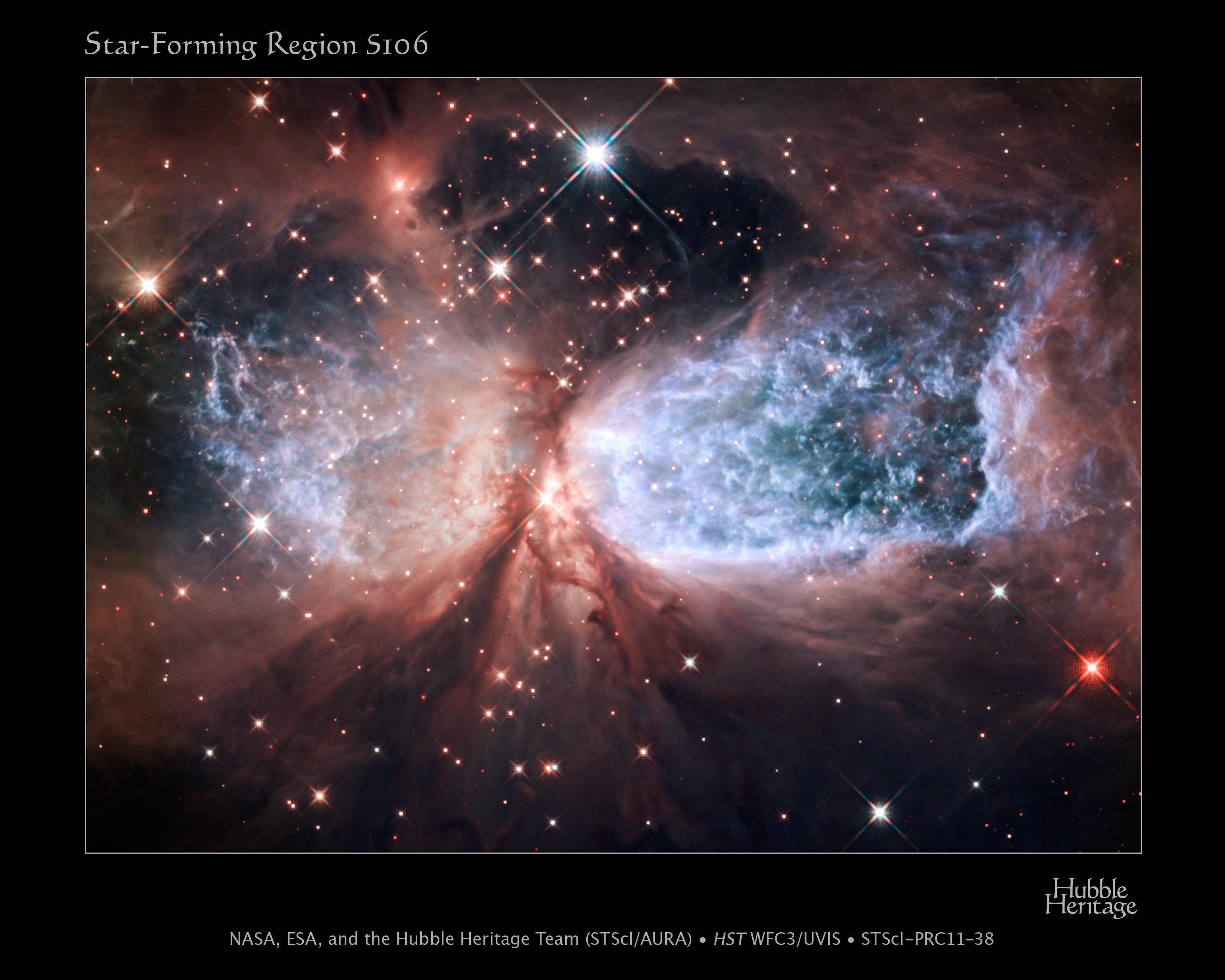Two videos recently released by the Hubble team take us on a tour of two famous and intriguing cosmic objects: the stellar wind-blown “celestial snow angel” Sharpless 2-106 and the uncannily equine Horsehead Nebula, imaged in infrared wavelengths by the HST.
Using Hubble imagery complemented with data from the Subaru Infrared Telescope and ESO’s Visible and Infrared Survey Telescope for Astronomy — VISTA, for short — the videos show us an approximation of the three-dimensional structures of these objects relative to the stars surrounding them, providing a perspective otherwise impossible from our viewpoint on Earth.
The stellar nursery Sharpless 2-106 is above; hop on the Horsehead Nebula tour below:
Continue reading “Stunning 3D Tours of Two Well-Known Nebulae”

